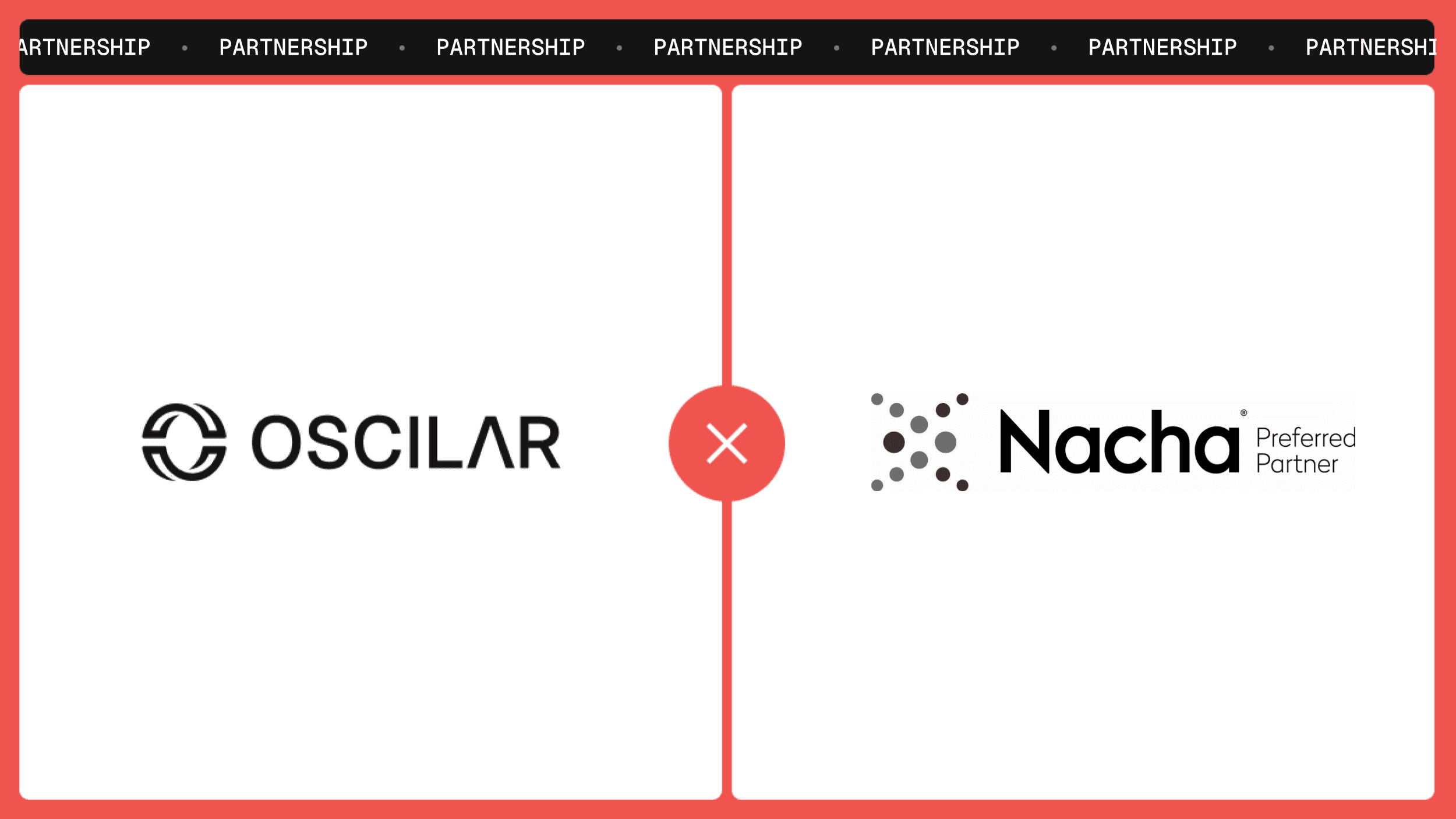In today's ever-evolving business landscape, decisioning engines are becoming increasingly important for organizations to stay competitive. By leveraging decisioning engines, businesses can make faster and better decisions based on their data, enabling them to take advantage of opportunities while avoiding costly mistakes. With the power of decisioning engine technology, businesses can quickly analyze large datasets, process complex algorithms, and make informed decisions in real time.
In this blog post, we will cover the following topics
What is a decisioning engine?
The benefits of decisioning engines for businesses
The drawbacks of conventional decisioning engines
The 5 pillars of modern decisioning engines
How decisioning engines are transforming industries
What is a decisioning engine?
A decisioning engine is a system that can make decisions based on data inputs. It helps organizations to efficiently and quickly analyze large datasets, process complex algorithms, and make informed decisions in real-time. This technology is useful for many applications such as financial services, healthcare, fraud detection, customer segmentation, marketing automation, and more.
Decisioning engines give organizations the tools they need to effectively analyze data from multiple sources and draw insights from it. By utilizing decisional algorithms and artificial intelligence (AI) technologies, decisioning engines are able to rapidly make decisions based on the data they receive. This decision-making process provides organizations with insights that can be used to make informed decisions, leading to increased efficiency, better decision making and improved customer experience.
At the core of decisioning engine technology is a decision-making algorithm. This algorithm is used to analyze data from numerous sources, which can include customer data, historical data or real-time market trends. Through a process of analysis and inference, decisioning engines use this data to make decisions based on predefined parameters.
Benefits of decisioning engines for businesses
Decisioning engine technology can provide numerous advantages to businesses that leverage it. One major benefit is the ability to make decisions quickly and accurately, eliminating the need for manual decision-making processes which can be time-consuming and often inaccurate. Furthermore, decisioning engines can be quickly customized to provide decision-making capabilities for specific tasks or scenarios.
This customization allows decisioning engines to better reflect the changing needs of businesses as well as their unique decision-making requirements. Additionally, decisioning engines can analyze massive amounts of data in a short period, allowing organizations to quickly uncover valuable insights from their data.
Drawbacks of conventional decisioning engines
Conventional decisioning engines were designed around lower-level abstractions leading to several drawbacks involving engineering overhead, performance, and slow iteration time.
High engineering overhead
Building a lower-level abstraction such as a simple rules engine often means that a decisioning engine's end users—business analysts and data scientists—require expensive engineering resources to design and deploy end-to-end decisioning workflows. This includes integrating appropriate data sources and writing new rules, A/B testing new decisioning models to pushing them live, and monitoring their performance. This reliance on engineering is not ideal for business teams and is an expensive proposition for the company.
Performance
Conventional decisioning engines were designed solely for expressing decisioning workflows, but not for processing large amounts of data that feed into each decisioning workflow. This leads to processing data in a batch fashion, impacting response time and efficiency negatively.
Slow iteration speed
Conventional decisioning engines lack out-of-the-box integrations with the right data sources, from CRM tools to marketing tools and internal databases. The absence of automated out-of-the-box integrations with the right data sources often means significant time spent on data plumbing to discover new decisioning vectors. Coupled with the lack of no-code automation, this means a delay of weeks to months to respond to rapidly evolving business needs. This slow response time results in high opportunity costs for the business.
Lack of advanced testing capabilities
Conventional decisioning engines lack advanced testing capabilities. Deploying new decisioning models rapidly and accurately requires the ability to test those models thoroughly. A variety of testing methodologies need to be applied, from unit testing to backtesting and A/B testing. The absence of such modern testing capabilities significantly hampers the user's ability to deploy new decisioning models rapidly and accurately.
The 5 pillars of modern decisioning engines
In-built data integration capabilities
Data is the foundation of decisioning. The core need of modern decisioning is a platform that integrates data coming from a variety of sources, offers an easy way to process and aggregate data, and does that continuously as new data is generated.
Application of rules and Machine Learning
The journey of modern decisioning often starts with rules centered around heuristics and advances to an extensive application of Machine Learning. Tuning rules might work well for incorporating certain high-confidence signals, but might fall short of discerning new multi-dimensional patterns. As business needs evolve, the rules and corresponding thresholds must adapt quickly as well. This is where Machine Learning (ML) for decisioning comes in. ML models are effective at discerning fraud patterns using a large number of complex and related signals. Therefore, a combination of rules and ML is an effective strategy for increasing the accuracy of decisioning.
Integrated real-time data analytics and decisioning
There is a clear gap in the decisioning engines market; conventional decisioning engines do not support the ability to analyze and visualize data to find new decisioning vectors and immediately decision on them. However, to increase the speed and accuracy of decisioning, you need both data analytics and decisioning capabilities. The data that was used to find a new decisioning vector should also be used to then decision on it.
The best fraud detection software integrates real-time data analytics and visualization with decisioning workflows, allowing you to:
search through activity logs
slice and dice data + visualize patterns
use the decisioning signals discovered from the above processes to train ML models and run rules
No-code automation
No-code automation is the foundation of modern decisioning engines and frees up business personnel like analysts and data scientists from writing code and relying on engineering for core day-to-day decisioning needs.
Advanced testing
In the same way that you never deploy software applications without testing them, you rarely want to deploy a new change to your decisioning ML models or rules without knowing how they will perform in practice. This ability to accurately unit test, backtest, and A/B test new decisions is surprisingly difficult to build and hence capability rarely available in conventional fraud detection software.
The best decisioning engines integrate historical data with real-time data, allow you to run unit tests, do backtesting by running rules and ML models on past data, as well as, allow you to run A/B test simulations to validate the change and iterate on it.
How decisioning engines are transforming industries
Decisioning engines have a variety of applications in different industries across financial services, insurance, healthcare, retail, and more.
Decisioning engines for fraud detection
Decisioning engines also have a variety of applications in fraud detection. By analyzing data collected from user activity, decisioning engines can quickly identify suspicious behavior and alert organizations to potential fraudulent activity. This helps organizations protect themselves against financial losses caused by fraudsters and reduce the time spent on manual investigation.
Decisioning engines for credit underwriting
Decisioning engine technology is also playing a significant role in credit underwriting. By leveraging decisioning engines, lenders can quickly and accurately assess the risk of lending to a prospective borrower. Decisioning engines provide lenders with deep insights into a borrower's credit history, allowing them to make informed decisions about issuing credit and setting loan terms. This technology is not only improving decision-making but also helping lenders make better use of their resources, ultimately leading to higher profits.
Decisioning engines for insurance
Decisioning engines are also revolutionizing the insurance industry. By utilizing decisioning engines, insurers can quickly make decisions about claims processing and customer service. This technology also enables insurers to analyze large datasets to draw insights from customer behavior and preferences to create more tailored offerings. In addition, decisioning engine technology can be used for risk management, allowing insurers to identify and manage risks more effectively.
Decisioning engines for retail
In retail, decisioning engines can be used to quickly analyze customer data and segment customers into different categories. This allows businesses to better understand their customers’ needs and tailor relevant offers accordingly. By leveraging decisioning engine technology, retailers can create personalized shopping experiences for their customers, leading to higher conversion rates and increased customer satisfaction. Decisioning engines can also be used to automate marketing campaigns, allowing businesses to quickly and effectively reach the right customers with the right message.
Decisioning engines for healthcare
In healthcare, decisioning engines can be used to help make informed decisions about patient care and improve their operations. By leveraging decisional algorithms and artificial intelligence (AI) technologies, decisioning engines can rapidly analyze data from multiple sources and draw insights from it. This decision-making process provides organizations with insights that can be used for better decision-making, leading to improved patient outcomes and cost savings.
Decisioning engine technology can be used for many healthcare applications such as predictive analytics, decision support systems, clinical decision support systems (CDSS), disease management programs and medical decision-making.
Decisioning engines for marketing
In marketing, decisioning engines are becoming an invaluable tool for businesses to automate their campaigns and deliver personalized messages to their customers. Decisioning engines can help marketers segment their customer base according to preferences and interests to better target them with relevant offers and promotions. Additionally, decisioning engines can be used to optimize the timing of communications, allowing businesses to send out messages at the most effective times for their customers. With decisioning engines, businesses can also use predictive analytics to anticipate customer needs and behaviors, allowing them to tailor their campaigns for maximum impact.
Decisioning engines have become a core part of digital businesses
The decisioning engine technology has revolutionized decision-making for organizations across a variety of industries. By leveraging decisioning engine technology, businesses can analyze large datasets and make informed decisions in real-time. Decisioning engines can be used for a variety of applications such as fraud detection, customer segmentation, marketing automation, and more. While decisioning engines enable businesses to make better decisions faster, there are still certain drawbacks in conventional decisioning engines. The limitations of conventional decisioning engines include: limited scalability; lack of accuracy due to manual processes; and difficulty in keeping up with changing customer needs and preferences. To overcome these issues, organizations need to adopt the five pillars of modern decisioning engines: advanced real-time integration and analytics, no-code automation, advanced testing and artificial intelligence (AI). By leveraging the power of these five pillars, decisioning engines can provide organizations with greater insight into their data and help them make more informed decisions quickly and accurately.









